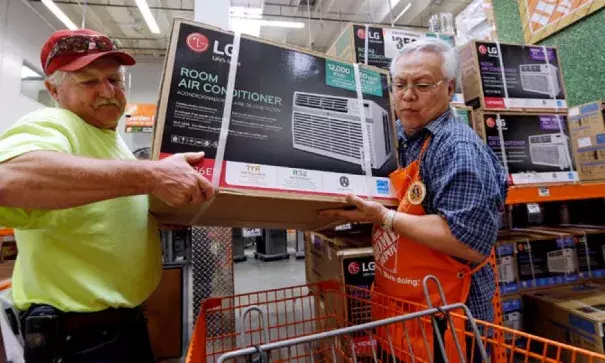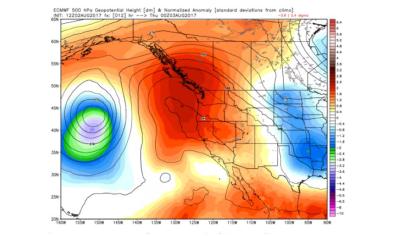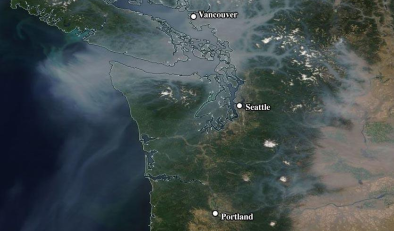How Air-Conditioning Conquered America (Even the Pacific Northwest)

Air-conditioning has been remarkably good at creating demand for itself.
It enabled the sweeping postwar development of the South, where all new single-family homes today include central air. In automobiles, it made the commutes between air-conditioned homes and air-conditioned offices possible. In the Southwest, its arrival facilitated new methods of rapid construction, replacing traditional building designs that once naturally withstood the region’s desert climate.
By doing all of this, air-conditioning has contributed to the intensive energy demand that worsens climate change that, well, forces us to rely on air-conditioning, a feedback loop environmentalists fear.
And so here we are, in 2017, with temperatures racing past 100 degrees in the Pacific Northwest, the region of the country that has historically relied the least on air-conditioning. And now more people, even there, are installing the technology.
...
“Air-conditioning is reaching where it hasn’t reached before,” said Don Prather, the technical services manager with the Air Conditioning Contractors of America. “It’s been moving north and northwest, in every direction.”
...
In Portland and Seattle this week, a record-breaking heat wave has been changing expectations, too. Washington, Oregon and California together have long had the lowest rates of air-conditioning of any census division in the country. In 1990, just a third of households there used central air or window units. Now twice as many do.




